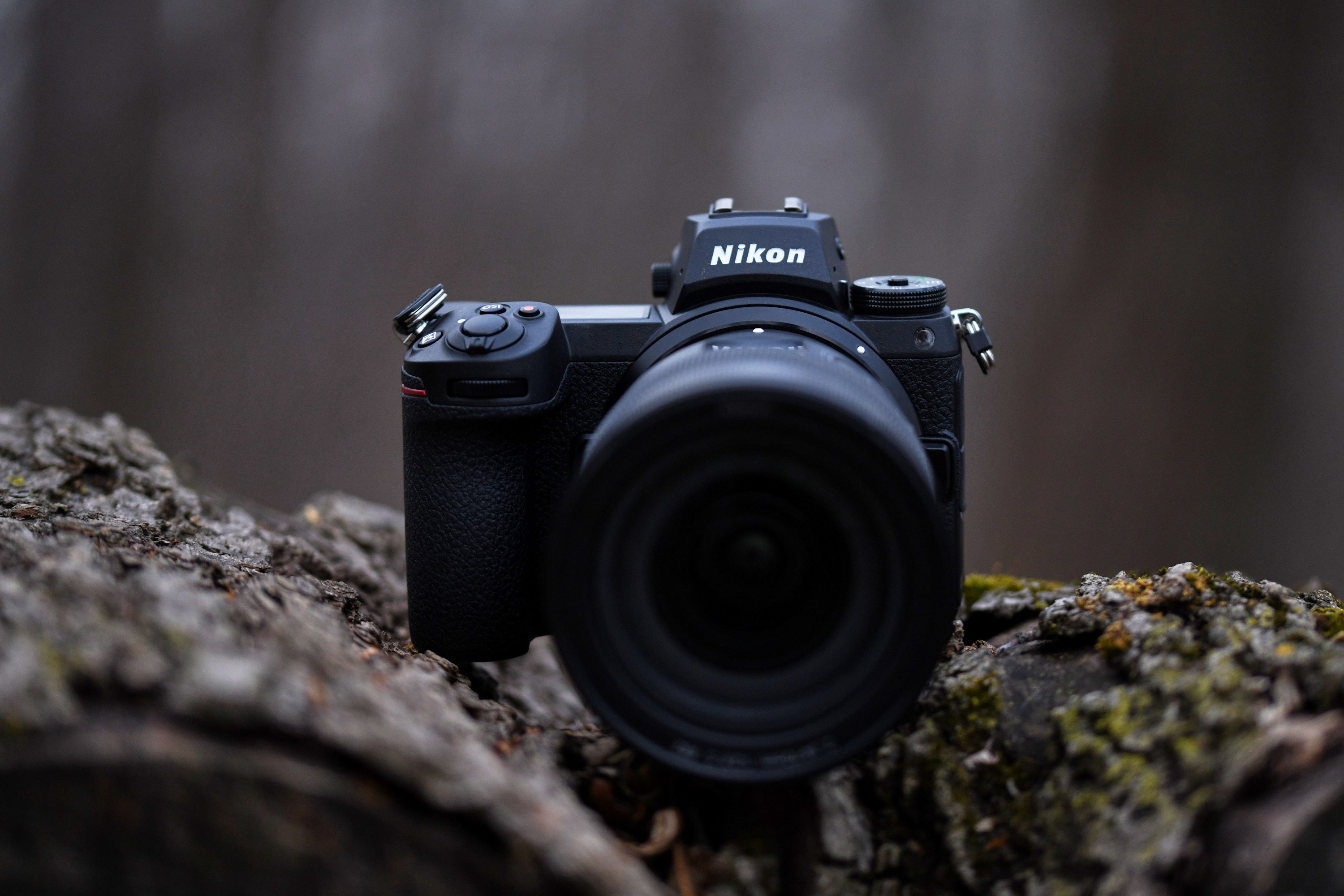We’re streaming daily on Apple Podcasts, Google Podcasts, Stitcher, Pocket Casts, and Spotify!
Two years after bursting into the Full Frame mirrorless market, Nikon is polishing its first draft with a second generation. At first glance, the Nikon Z6 II is a look-alike of the original mid-range mirrorless. But, Nikon is making some important strides towards addressing the wish list that the first didn’t quite fulfill. The Nikon Z6 II adds dual card slots and improves the autofocus. It even adds dual processors for a faster burst mode and larger buffer.
A Nikonian myself for more than a decade, I eagerly tested out that first-generation and loved the sharp images and lightweight design. But I actually bought the D850, one of Nikon’s top DSLRs, after the Z6 and Z7 were announced. As a wedding photographer, I didn’t have enough confidence in the low light autofocus to take the camera out on a dance floor. Now, Nikon has put some effort into enhancing that autofocus, but, is it enough, or too little too late?
Editor’s Note: We’ve updated this post as of July 2023.
Table of Contents
Pros and Cons
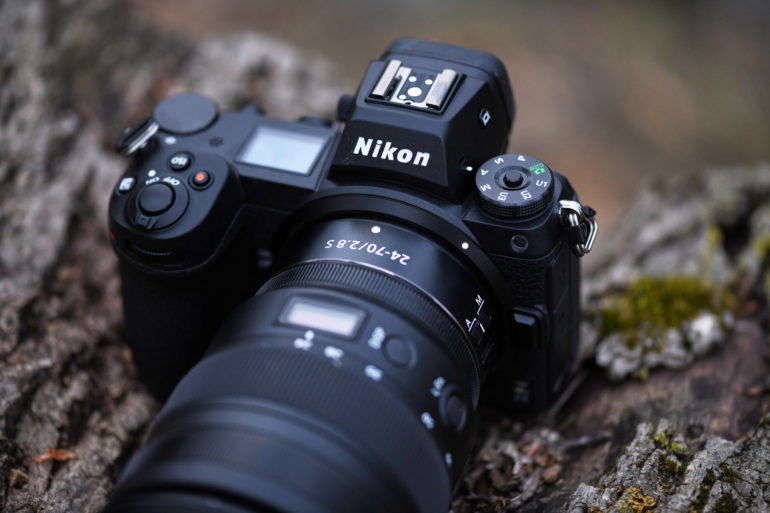
Pros
- Solid image quality
- Fast shooting with dual processors
- Dual card slots
- New AF modes
- Image stabilization
- Better, but not perfect, low light autofocus
Cons
- Autofocus is better but slower than the competition
- No light-up buttons
- Front exposure dial easy to bump
Gear Used
I used the Nikon Z6 II with the Nikkor Z 24-70mm f2.8 lens. I also carried the camera with the new Wandrd Sling and Wandrd Wrist straps.
Nikon Z6 II Tech Specs
Adapted from Adorama’s list of specifications:
- Sensor: 24.5 MP full frame CMOS
- Image Stabilization: Sensor-Shift, 5-Axis
- ISO Sensitivity: Auto, 100 to 51200 (Extended: 50 to 204800)
- Continuous Shooting: Up to 14 fps at 24.5 MP for up to 124 Frames in 12-bit RAW and single point AF, or 10 fps with 14-bit RAW
- Video Recording Modes: H.264/MOV/MP4 4:2:0 8-Bit; UHD 4K (3840 x 2160) at 23.976p/25p/29.97p; Full HD (1920 x 1080) at 23.976p/25p/29.97p/50p/59.94p/100p/119.88p
- Autofocus Points: Phase Detection: 273
- Viewfinder Type: Electronic, 0.5”, 3,690,000 Dot, Approx. 0.8x magnification
- Monitor: 3.2,” 2,100,000 Dot, Tilting Touchscreen LCD
- Built-In Flash: No
- Maximum Sync Speed: 1/200 Second
- Dual Memory Card Slots: CFexpress Type B / XQD and SD/SDHC/SDXC (UHS-II)
- Wireless: Wi-Fi, Bluetooth
- Battery: 1x EN-EL15c Rechargeable Lithium-Ion
- Dimensions: 5.3 x 4 x 2.8″ (134 x 100.5 x 69.5mm)
- Weight: 1.4 lbs.
Ergonomics

Little has changed on the body from the first generation to the second except for the much-needed move to two card slots. As a photographer accustomed to working with Nikon’s DSLRs, I love the camera’s look and feel overall. But, there are a few tweaks I would have loved to see.
Weighing 20.7 ounces, the Z6 II offers less real estate for physical controls compared to a DSLR. But, for the most part, Nikon made the right choices fitting most options in. The camera’s top still houses a secondary LCD screen, a mode dial, and dedicated buttons for exposure compensation, ISO, and video. The body lacks a built-in flash, but hot shoe flashes are the better option anyway.
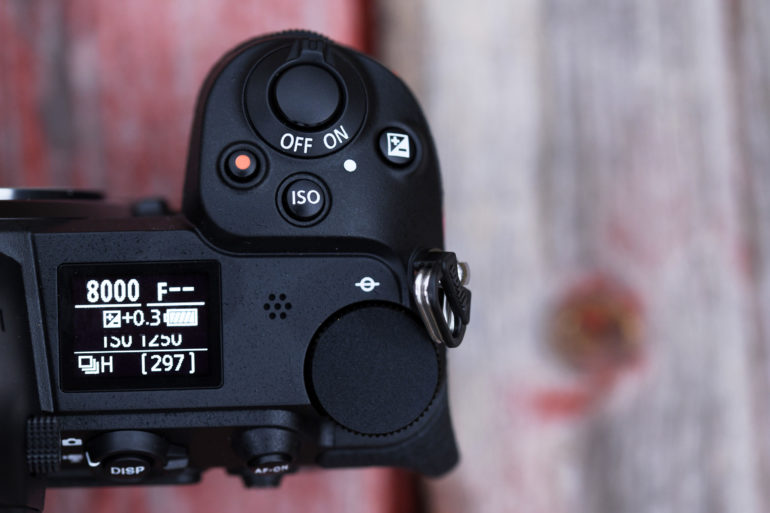
Despite the smaller size, the grip is still fairly substantial. Two control wheels flank the front and back of the grip. Two function buttons sit near the lens mount, within easy reach of that grip, at the front of the camera.
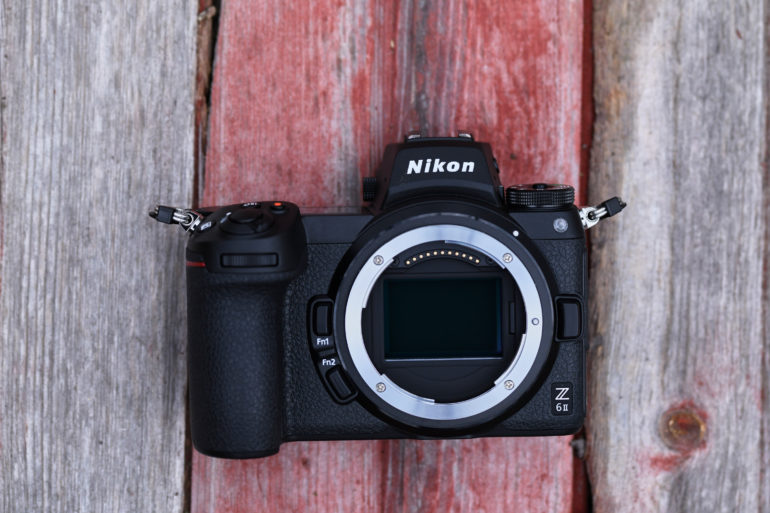
The grip is comfortable for a mirrorless camera. But, the exposure dial up top gave me some trouble. The grip isn’t quite as tall as the one on my D850. And the curve that keeps my middle finger underneath the control wheel isn’t as substantial. Those two issues made it easy to turn the dial without realizing it. With gloves on, I accidentally turned the aperture all the way to f22. Without gloves, accidental bumps to the exposure dial were less devastating to the image, but still there in small amounts.
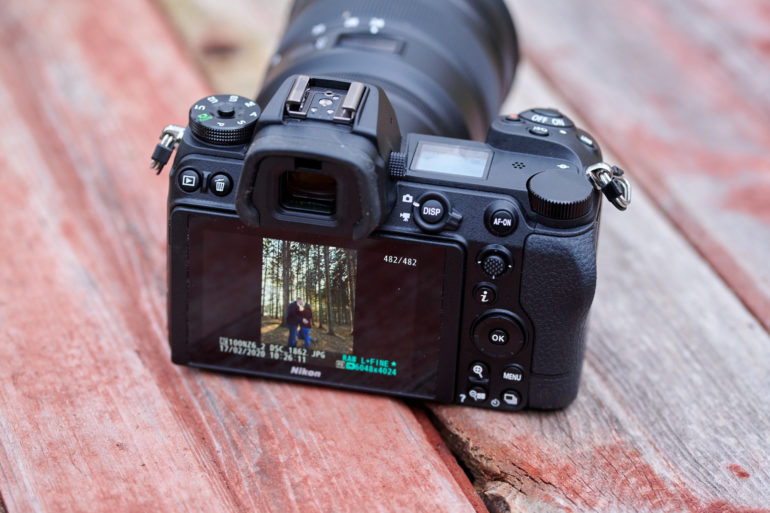
The back of the Z6 II is dominated by a 3.2-inch tilting touchscreen. Nikon uses a hinge-style tilt which allows you to shoot from high and low angles with the LCD. But, it doesn’t flip all the way forward for vlogging or selfies. With a 2.1 million dot resolution, the screen is clear and colorful.
The 3.69 million dot viewfinder is pretty sharp for a mid-level mirrorless. It’s also bright and made composing a low light shot easier than Nikon’s optical viewfinders. Colors weren’t quite as vibrant as the LCD, but close enough not to interfere with shooting. Do yourself a favor and adjust the viewfinder settings from how the Z6 II ships, however. Turn off the “apply settings to live view” option in the camera menu (custom menu item number d8). Low light autofocus improved with those settings off.
The back of the camera still makes room for a joystick and menu controls, an AF-on button, display options, and playback buttons. Other frequently accessed controls — including file type, white balance, burst mode, autofocus modes, and metering — are housed in a quick menu accessed from the “i” button. Those controls can also be assigned to those two function buttons at the front.
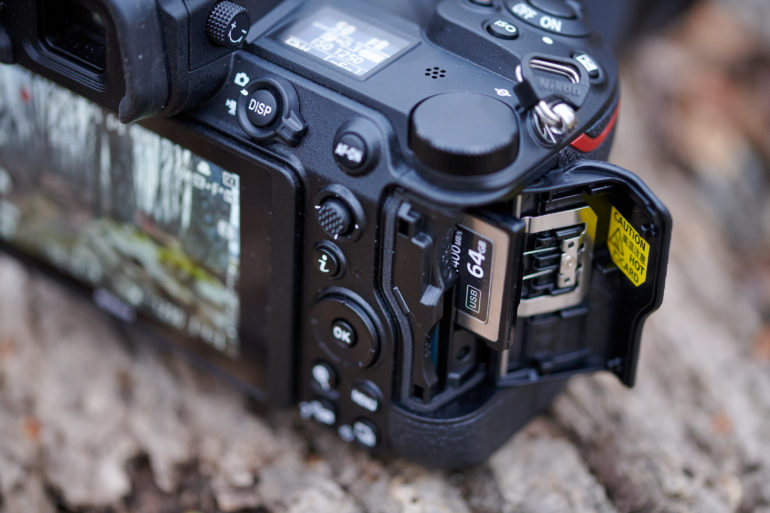
The side of the camera by the grip finally houses two card slots. One is XQD or a CF Express Type B, the other an SD slot with UHS-II compatibility. This is a major feature that many photographers were disappointed not to see in the original. Besides allowing photographers to choose whether or not to use the more affordable SD or the faster XQD or CFExpress, recording to two cards at once creates an immediate backup.
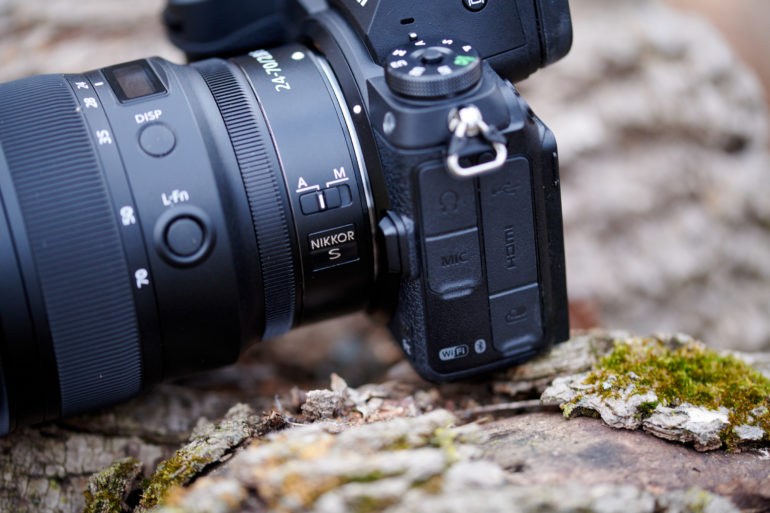
The opposite side houses ports for a microphone, headphone, USB Type C, HDMI, and a remote. The battery door is unsurprisingly located on the bottom, stashed in the thicker part of that grip.
I think Nikon mostly made the right design choices with the Z6 II. But it can still improve! The exposure control wheel was too easy to accidentally turn when gripping the camera. I also miss the backlit buttons on the D850. Differentiating the texture of the ISO button would also make it easier for a new user to find without pulling the camera away from their face.
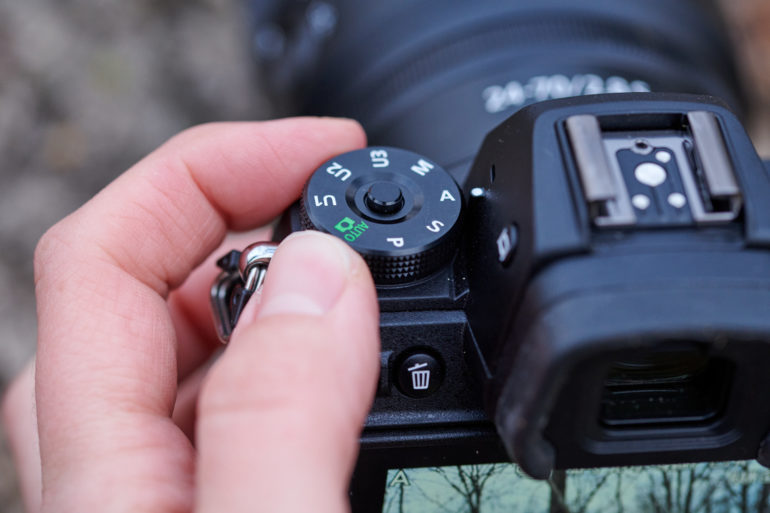
Nikon Z6 II Build Quality
Like the original Z6, the Z6 II is weather-sealed. Teardowns of the first generation have revealed plenty of seals that we expect are continued in this camera as well. I gave the camera a good splash and didn’t experience any ill effects. (Well, except for water droplets triggering a shot from the touchscreen.)
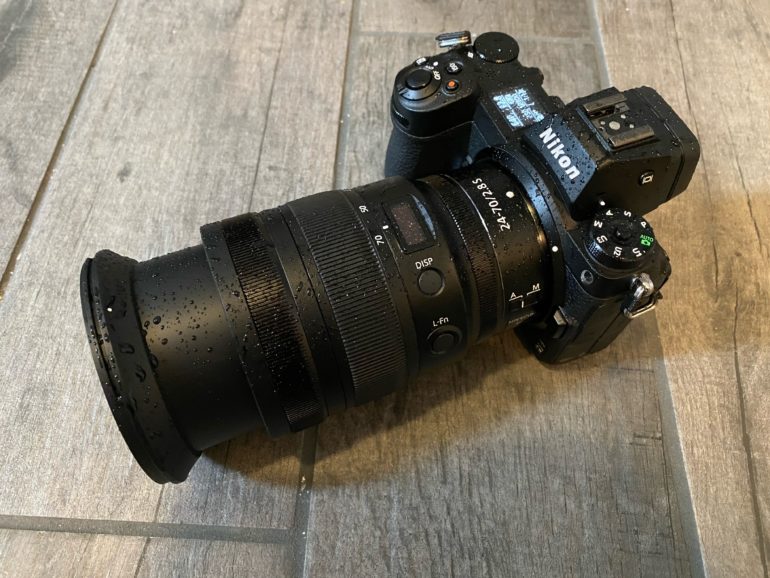
The Z6 II feels sturdy in the hands — it doesn’t have the lighter, cheaper feel of Nikon’s most affordable DSLRs. The frame is built from magnesium alloy. Like with the first generation, there’s little difference between the Z7 II and Z6 II bodies. While more affordable than the Z7, build quality is not what’s missing to reach that lower price point.
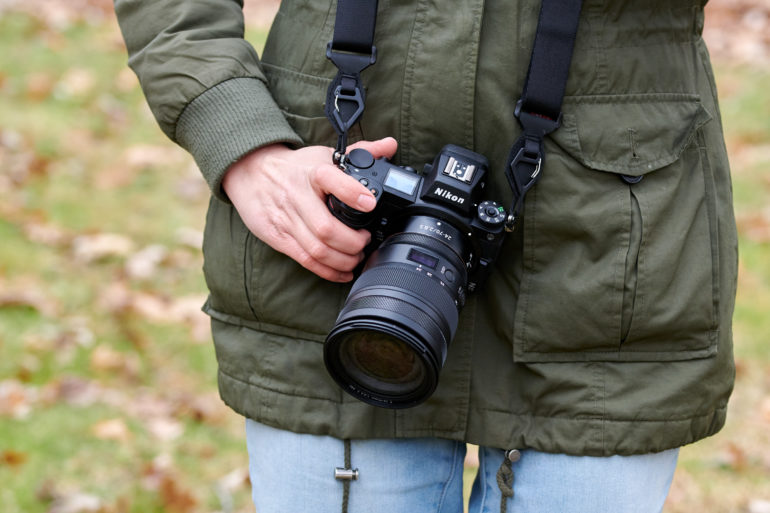
Ease of Use
As a Nikon photographer, picking up the Z6 II was second nature, despite my go-to camera being a DSLR. The ergonomics and menu will feel quite similar to Nikonians. Thanks to two processors instead of one, the speed from the Z6 II is also solid.
Learning Curve
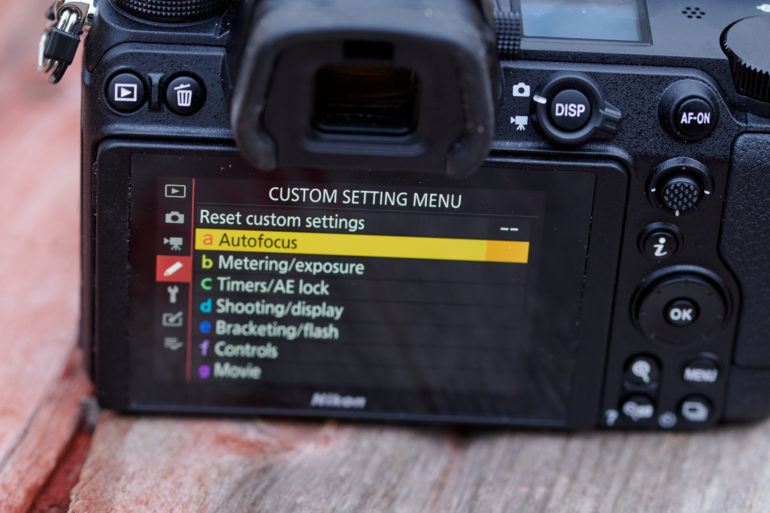
For photographers new to Nikon, the learning curve isn’t terribly high. Several controls are similar to other brands, and Nikon’s terminology tends to be more self-explanatory and consistent with other brands. (Unlike Canon’s mode dial labels and focusing modes.) Full frame cameras tend to be pretty daunting for beginners, but the tech-savvy could start on auto, read a few tutorials, and grow with this camera.
While I’ve used Nikon menus for years, some of the controls do take a bit of digging to find. There’s both a photo shooting menu and the custom settings menu. I sometimes had to look in both places before finding what I wanted. It’s not the most straight-forward organization scheme. I also wouldn’t mind having the option to turn the low light AF on and off inside the quick menu, so it’s faster to access.
Speed
One of the biggest changes in the second generation is the addition of a second image processor. That puts the Z6 II at a snappy 14 fps. That top speed comes with a bit of fine print, however. Raw quality goes down to 12-bit and the focus mode is limited to a single point, but you don’t lose continuous AF. If you want to keep 14-bit, the speed drops to 10 fps.
The second processor also helps expand the image buffer, allowing the camera to keep shooting at that speed for up to 124 shots. Shooting RAW, I got a hundred shots off before the camera slowed down. The second highest burst speed, 5.5 fps, will shoot RAW for about 30 seconds straight. That’s excellent — and well beyond competing cameras like the Sony a7 III — and nearly a movie, so you shouldn’t need to even use that full buffer capacity often.
Stabilization
Like the original, the Z6 II includes a five-axis stabilization system that’s rated to five stops. That’s good enough that I was able to shoot Christmas lights handheld with a wide-angle lens. The system will also be a plus for working with telephoto lenses.
Autofocus
Nikon wasn’t quite able to move their DSLRs’ autofocus performance over to its first-generation Full-Frame mirrorless cameras. The Z6 II sees several excellent improvements in this area and could impressively focus on low light areas that the optical viewfinder on my D850 could barely make out. The speed is not quite enough to rival Nikon’s high-end DSLRs yet, but it’s improved enough that photographers in several genres won’t care.
First, the Z6 II includes new autofocus modes that answer my complaints with the Eye AF added to the Z6 via firmware. Wide-Area AF (People) and Wide-Area AF (Pets) allows photographers to use the joystick to move a large focal area around the frame. Previously, eye AF was only available in Auto Area AF. That’s the annoying mode where the camera selects the focal point for you with no photographer’s input whatsoever. With the new modes, I had some input on where the camera focused and didn’t constantly go back and forth between modes. (Auto Area will also still work with eyes and faces, and there’s no firmware necessary to get eye AF).
As stated earlier in this review, do yourself a favor and turn off the “apply settings to live view” option in the camera menu (custom menu item number d8). In our tests, Low light autofocus improved with those settings off. This is an industry standard occurrence and we’ve talked to many engineers about it.
“…the Z6 II includes new autofocus modes that answer my complaints with the Eye AF added to the Z6 via firmware.”
Hillary Grigonis, Reviews Editor
For moving subjects, the Z6 II performed well at a walking pace, getting about 75 percent of the shots as keepers. But, step up to a run, and I threw away half my shots. The Z6 II will keep up with tasks like taking candid family portraits, but it’s not serious sports photographer material. Compared to the Nikon D850, the Z6 II just can’t keep up.
But the best AF improvement is in low light. The camera’s low light autofocus gets a much-needed boost. The camera’s predecessor could only focus in -3.5 EV light before switching to the much slower low light autofocus mode. Now, the Z6 II can focus in -4.5 EV before switching to that mode. Low light mode, which will seriously slow down performance, is rated down to -6 EV.
On paper, the Z6 II focuses better than the excellent D850. But that’s on paper. The Z6 II could focus on the same dim corners that my D850 could. And, true to the spec sheet, with the low light AF setting on, it could focus on some objects that the D850 never locked onto.
However, the Z6 II’s slower autofocus is most noticeable in low light. When photographing moving subjects in limited light, the delay often caused me to miss the shot entirely. Indoors with a little window light, the AF was efficient enough to take indoor pictures of my kids playing. But, taken to the extremes, autofocus becomes difficult to work with. A shot of my kids lit only by the interior lights of my truck was a struggle for the camera that took several shots to get something sharp.
The gap between the Z6 II’s AF and a Nikon DSLRs’ widens when working with flash. Nikon’s mirrorless cameras don’t support the AF Assist beam inside the flash. The Z6 II was slightly slower than my D850 in low light, but with flashes mounted, the difference was much more significant.
As a hybrid contrast-detection system, it’s worth noting that AF performance improves as contrast increases. Taking photos of Christmas lights, for example, is very dark, but the subject has such contrast that the camera locks on quickly. The areas with less contrast are the subjects that slow the camera down. Essentially, you’ll be able to autofocus on a cityscape at night but will likely have some trouble photographing people with city lights in the background.
In short, the Z6 II can capture sharply-focused shots and does better than its predecessor. In low light, the mirrorless can lock onto more stationary subjects than even Nikon’s DSLRs. But, the AF system isn’t quite as fast as the competition. Photographers regularly taking photos of very fast-paced action such as sports, or slow action in dim lighting, such as the dance floor at a wedding, may end up frustrated. It’s a big step in the right direction, but there are a few shuffles left to get the system up to par with the AF speed of Nikon’s DSLRs.
“…true to the spec sheet, with low light AF on, it could focus on some objects that the D850 never locked onto.”
Hillary Grigonis, Reviews Editor
July 2023 Update: Updating to firmware 1.60, the Nikon Z6 II gains a handful of customization features. You now get the option of previewing your dialed-in settings on the LCD (similar to what you’d get in Live View mode on your DSLR), either at all times or only when a flash isn’t attached to the hot shoe. Of course, this can still be turned off for those who don’t want to take advantage of the WYSIWYG benefits of the mirrorless camera.
Nikon has also ported over two key features of the Z9. The first is the ability to choose a dull red tint for the menus and image preview on the LCD. This has been done to avoid ruining the night sensitivity vision of photographers shooting in very low light conditions, especially astrophotographers. Secondly, Nikon also now gives you two Prioritize Viewfinder modes that allow you to activate the eyepiece, not just when you bring your face closer to it, but also when you half-press the shutter release button, or press the AF-ON button.
For those of us who find the display inside the Z6 II eyepiece a tad too large, this firmware update now gives you the option of reducing the size of that preview, without any loss to the image. It really does make a massive difference once you set the new Finder display size (photo Lv) option to Small. You don’t need to peek into the corners of the eyepiece anymore to see the edges of your image frame.
Also for videographers, you now have the option of seeing a bright red border in the LCD every time you press the record button. No more second-guessing whether the camera is recording what you’re seeing or not. It’s nice to see Nikon adding more such customization options that have worked well in their flagship. Hopefully more can be added in the months to come
May 2020 Update: With firmware 1.20, the Nikon Z 6 II sees a serious boost in autofocus performance. The update fixes some bugs, improves autofocus speed, and also boasts low-light performance.
In my earlier test with a runner coming towards me, the autofocus failed half the time. With the update, only between ten and fifteen percent of shots under the same conditions were soft. I was successfully able to shoot a soccer game with this lens and I only threw out about twenty percent of the shots because they were soft.
In low light, the updated Z6 II can focus about as fast as the D850 with a hot shoe flash, maybe even faster. But, it’s important to note that the firmware offers a boost in low light AF speed only when using single AF, not continuous. While action has improved and low light has improved, low light action hasn’t seen the same big leaps.
The firmware update makes the Nikon Z6 II competitive. But, it’s still not winning. Canon’s Dual Pixel autofocus is still a little faster and more adept at low light, and so is Sony’s system. I wouldn’t recommend the Z 6 II to someone who shoots exclusively sports. But, if you shoot portraits and landscapes and happen to want to shoot your kid’s soccer game, you’re not out of luck anymore.
Metering
The Z6 II’s metering system performed exactly as expected. In our Sunny 16 tests, automated modes were occasionally off just slightly. A few shots were off by a third of a stop depending on the colors in the image. Since digital camera meters are affected by the lights and darks in the image, this is exactly what I expected. I didn’t notice any wild automated exposure settings.
Image Quality
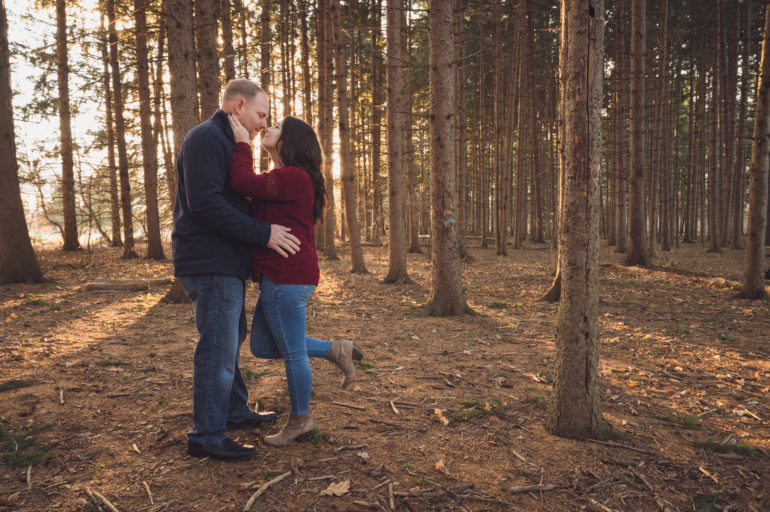
Nikon didn’t change the sensor from the original, sticking with a 24.5 MP Full Frame. It’s unsurprising, then, that I’m just as impressed by the image quality as with the predecessor. With two processors, high ISOs look spectacular. Colors are right on the mark, and RAW files have a good amount of flex.
Could they have stepped up with a few more megapixels over the last two years? Sure, but I’m certainly not disappointed by the images coming from the Z6 II.
Update November 2021: Nikon’s 1.3 firmware update for the Nikon Z6 II gives us what they’re calling the Portrait Impressions Balance tool. If you’ve used pretty much any other camera out there though, this has been available and on the market for years. However, where Nikon makes this special is by focusing only on the yellow and purple scales. Fujifilm users have used it to create great looks like those from Fuji X Weekly. You can do similar with Sony, Panasonic, and other cameras. As Hillary stated in her Nikon z7 II review update, it will really help you get rid of the greenish look that Nikon’s portraits have.
All of this depends on what white balance you’re using, of course. If you’re like me, you specifically choose kelvin levels to get something a bit closer to film. Daylight might look really odd with even more purple in the scene. Add a daylight flash to the scene and things might get even odder. And Tungsten (or incandescent as Nikon calls it) might as well too with a lot of yellows. Luckily, you’ve got three modifiable profiles you can work with. What’s more, this only applies to the JPEGs, unlike what Fujifilm and other camera systems will do.
Where Nikon fails here though is by not giving us a preview of how the scene renders while it’s being adjusted. To be fair, other camera systems do the same thing. When my buddy create the look of Lomochrome Purple on my X Pro 3, I didn’t realize it until after I was reviewing my images.
Nikon also could’ve given photographers a few customized presets in addition to three modes that we could customize ourselves. For the record, I’ve written a ton about color theory on this website. And even I couldn’t figure out what the system is doing. Shooting photos with similar lighting, the same lens, and the same exposure sometimes gave me different results.
Still, I feel Nikon could’ve gone even further here. Professional photographers who have been shooting for years have their own way of working. But professional photographers who are more green shoot completely different. And if Nikon wants to get new customers, they’ll hopefully develop this system more. Obviously, they recognize that it’s an issue and that’s why they’re giving this update.
JPEGs
Colors from the Z6 II are accurate, if not slightly warm and a tad too green. That’s typical Nikon colors, and the shots blend well with images from my D850.
Nikon also builds in several great color profiles in-camera. I got some nice black and white shots with zero editing this way. We’re also fans of the colors in the Sunday profile. These make for some great JPEGs. Unfortunately, those color profiles don’t translate to Capture One when working in RAW.
One of my favorite parts about switching to mirrorless is the sharper lenses. If perfectly focused, you can get some nice, sharp shots from the Z6 II. That sharpness extends more to the edges and doesn’t require stepping down the aperture as much as F-mount lenses. Of course, this is a generalization, but overall the Z mount does a bit better than the older optics.
RAW File Versatility
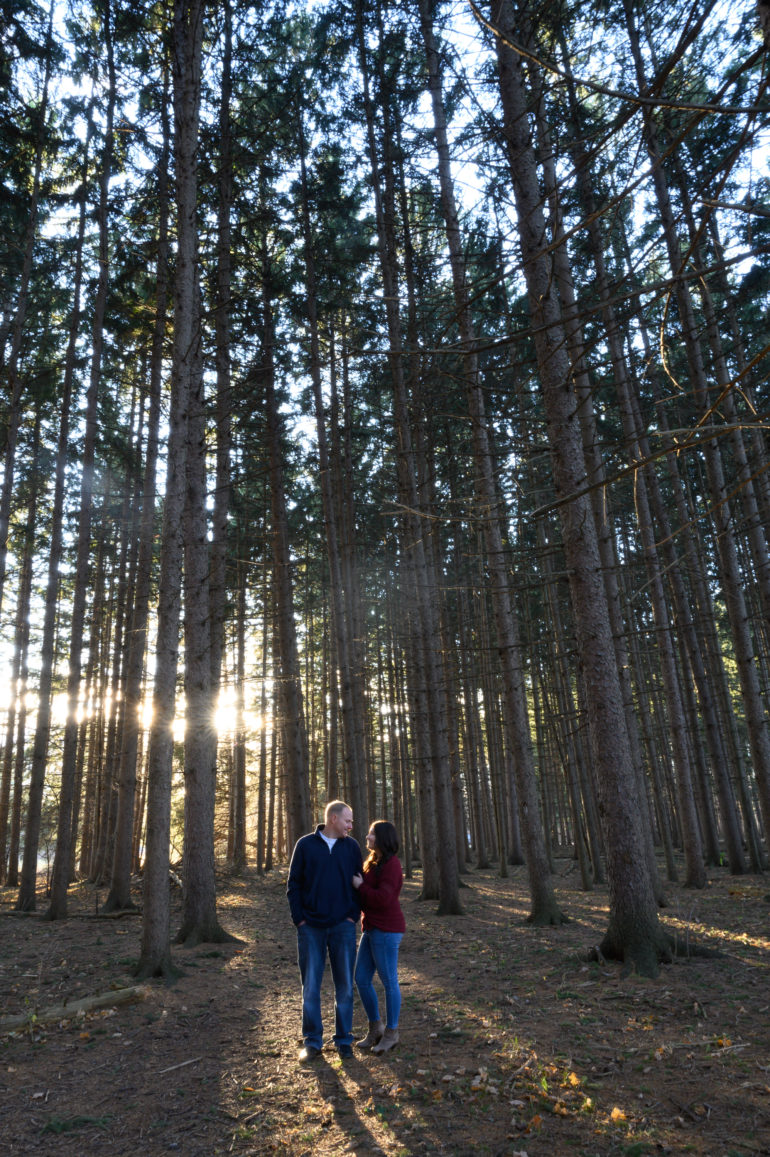
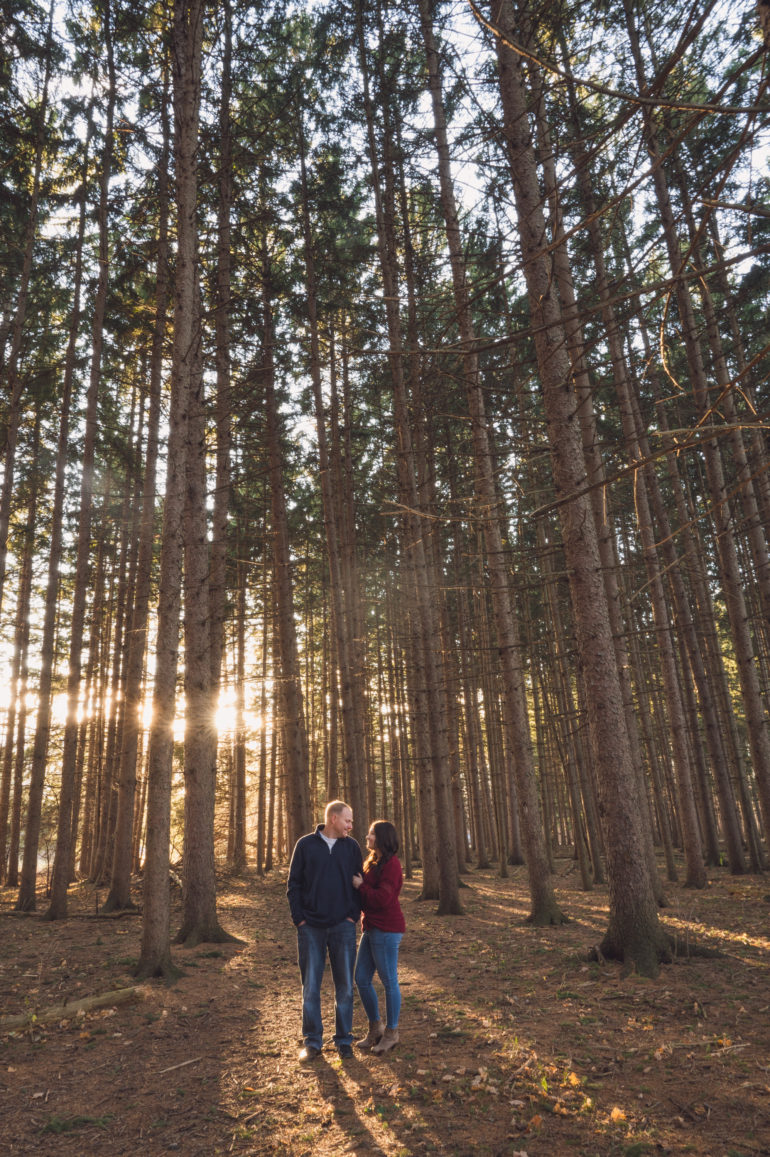
While JPEGs are good, the Z6 II is made for RAW. The Full-Frame sensor offers a good amount of dynamic range. I could easily recover the shadows in a shot underexposed due to backlighting and flare. With some editing, I could easily bring out more details.
Highlight recovery was also impressive — I could turn a blob of golden hour sunlight into a perfectly pointed starburst. There’s a lot of room to stretch within these RAW files, both to increase the dynamic range and to customize the colors.
High ISO Output
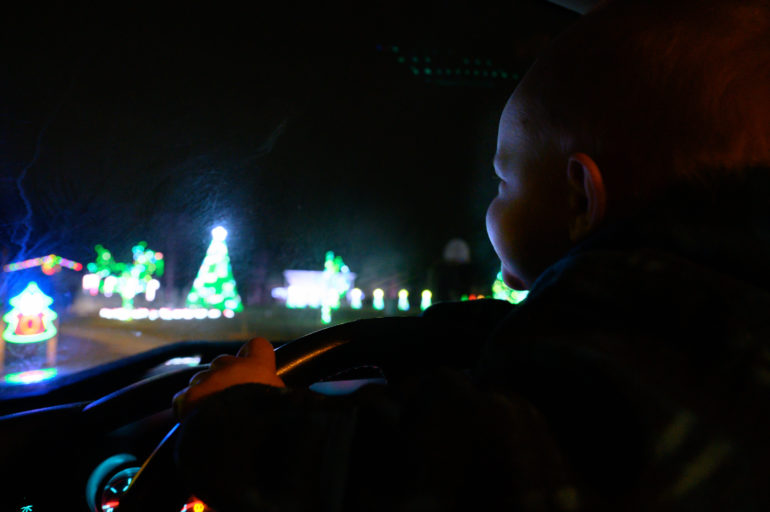
Images shot at high ISO are rather impressive, and one of the reasons to choose the lower resolution camera over the pricier Nikon Z7 II. Noise didn’t really start to pop out at me, even at full zoom, until ISO 3200. Even then, that noise was easily edited out of the RAW files without sacrificing sharpness. I wouldn’t go beyond ISO 12800, but the fact that I was able to push it so far without getting overwhelming noise is quite impressive.
We ran a photo at ISO 6400 through the Canon Prograf 1000 with 17×22 Pro Luster paper. What we’re about to say with the high ISO results shocked us quite a first. For starters, the Nikon z6 II is incredibly clean at ISO 6400. So if you want to make a 17×22 inch print, feel free to do so. But the gap between image quality differences is surely narrowing. We looked at prints from both the Fujifilm X-T4 and the Leica SL2s. The Leica is surely a whole lot sharper and more detailed. The Fujifilm X-T4 has a similar grain structure. But they’re all more or less equally as clean. If the Fujifilm APS-C sensor can close the gap this much, then Nikon really needs to step it up. We’ve seen very clean results from the Z50. And we know that it’s possible.
For the record, the X-T4 was rendered in Capture One, while the Leica and the Nikon were rendered in Lightroom. This could have something to do with it. Also, you should note that we always print directly out of Capture One or Lightroom from the RAW files.
Extra Image Samples – JPEG
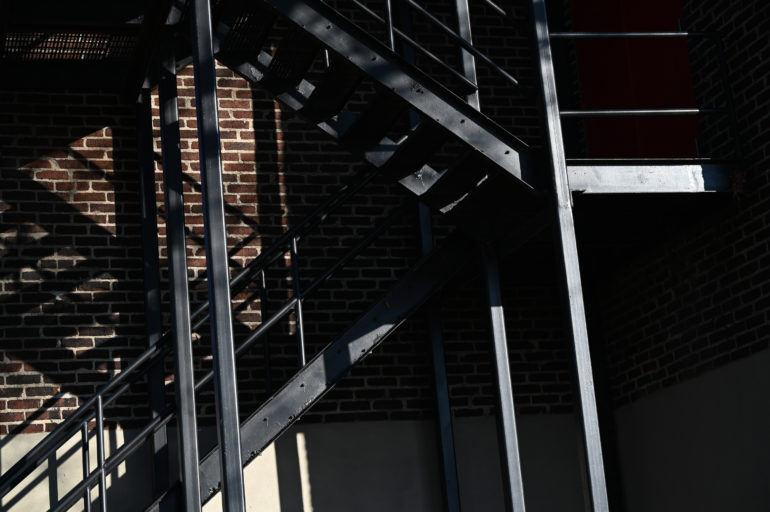
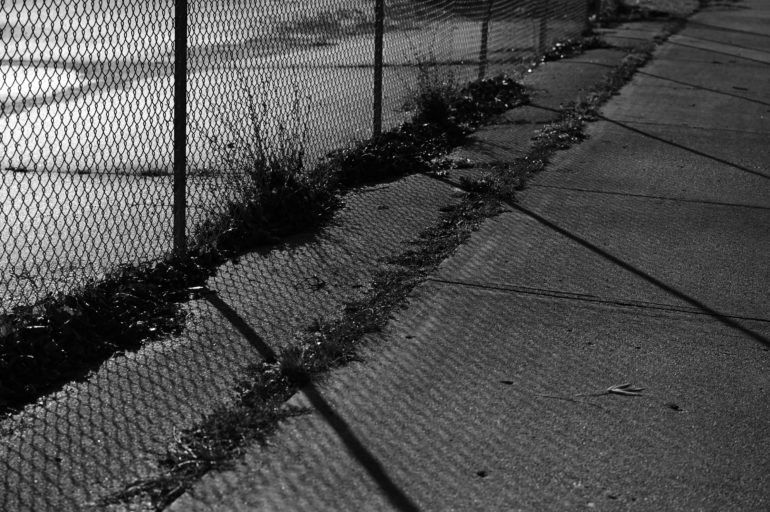
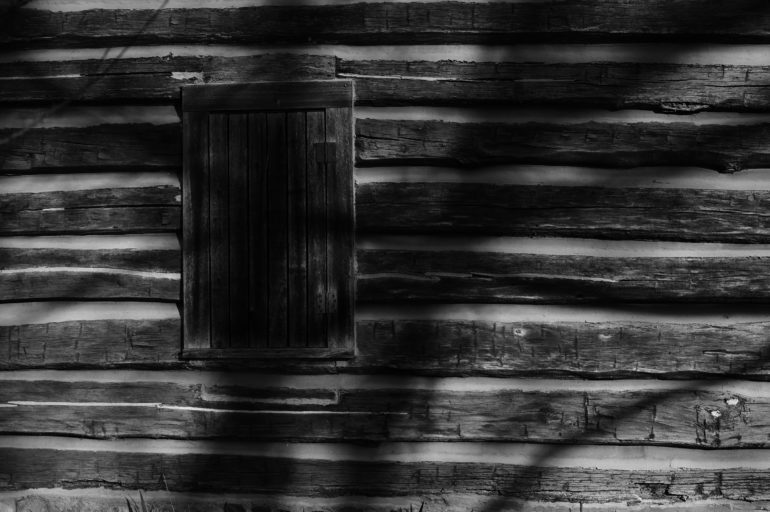
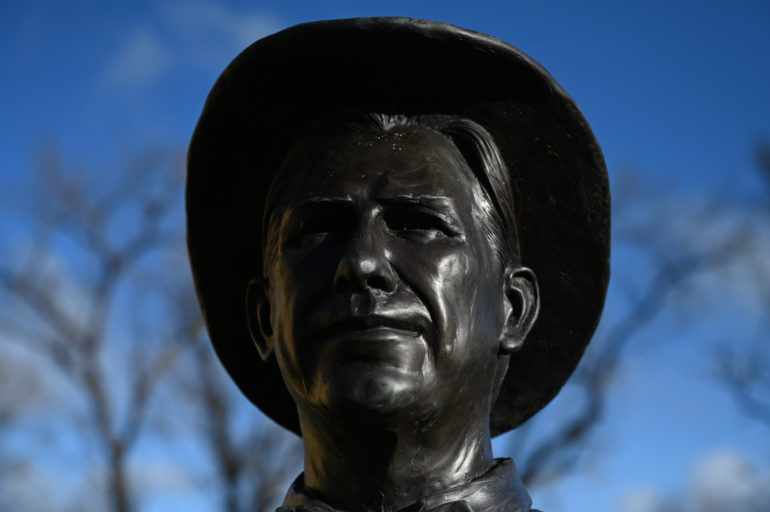
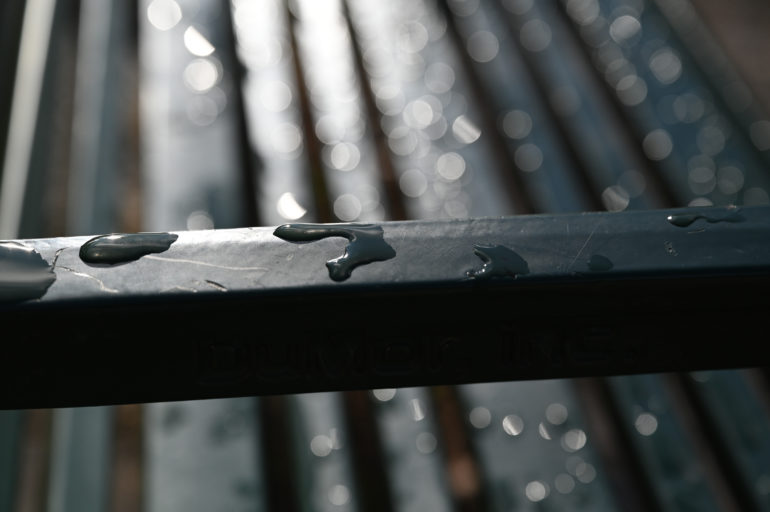
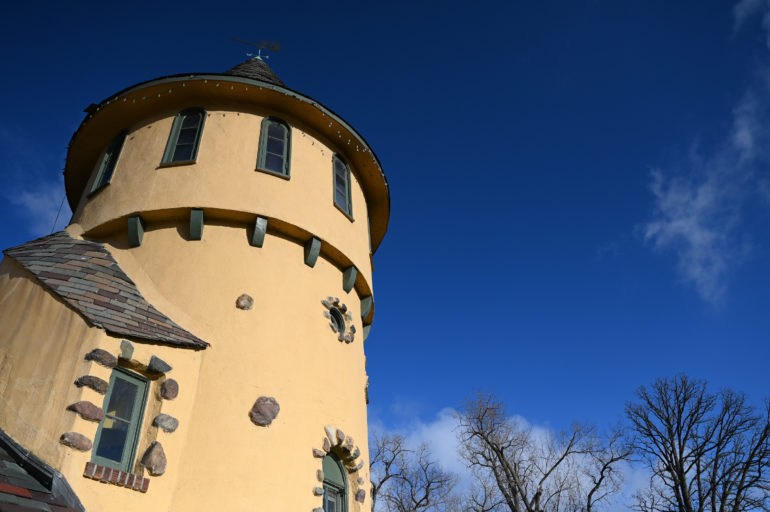

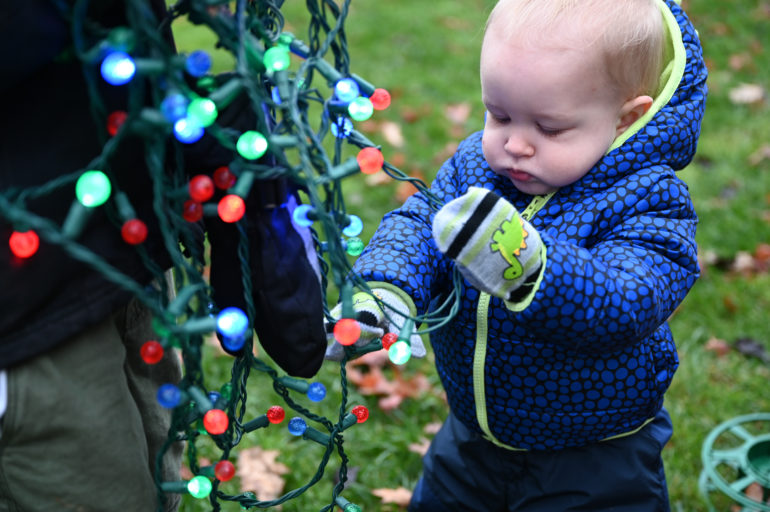
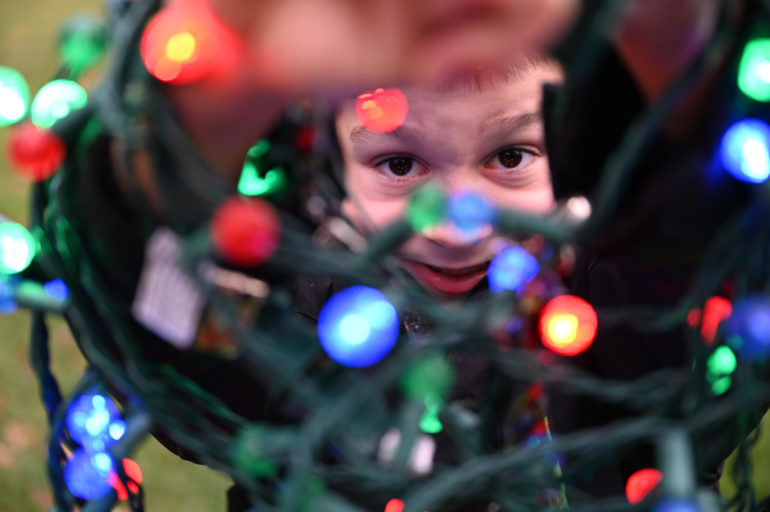
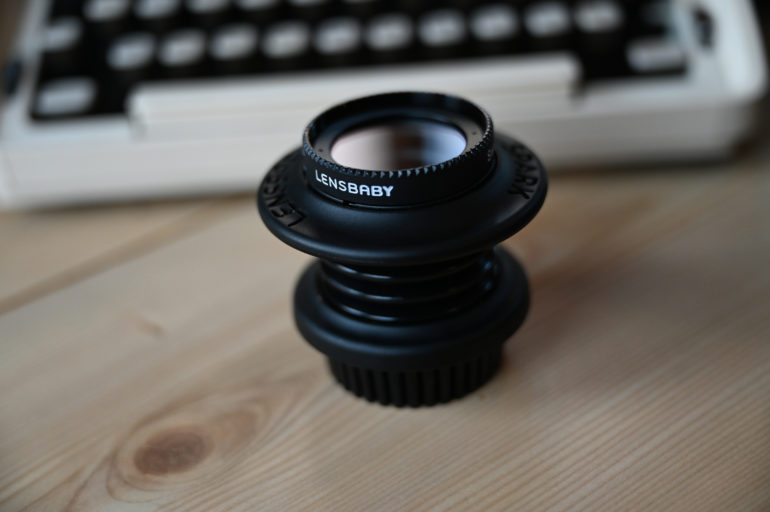
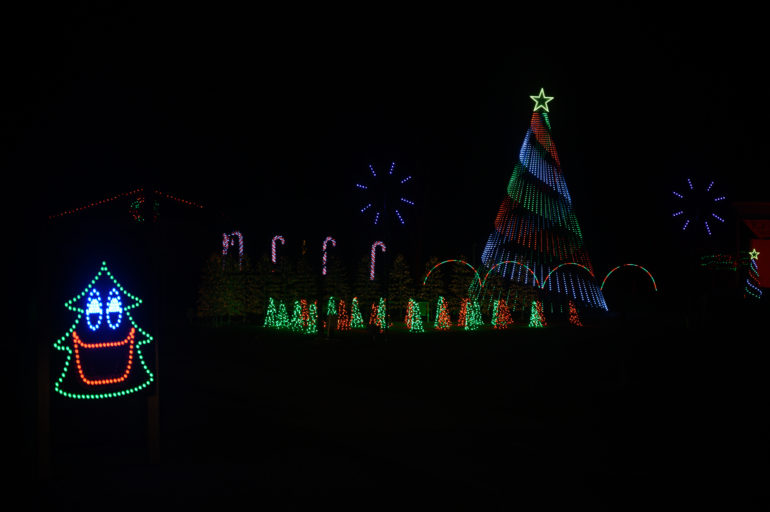
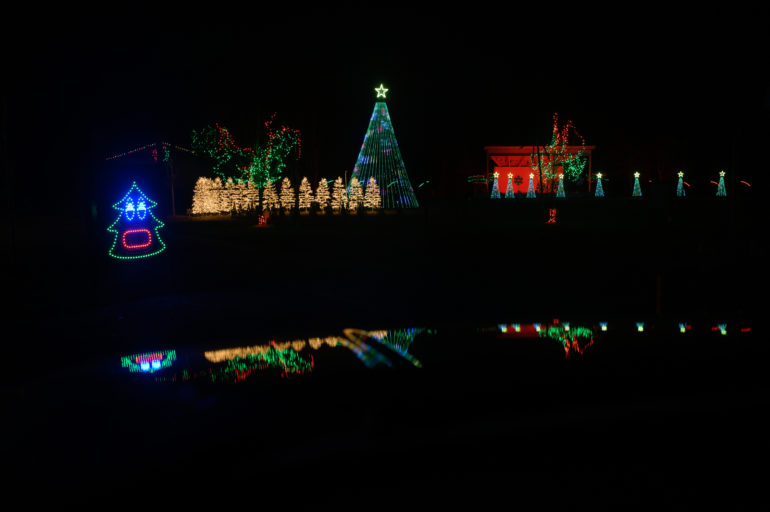
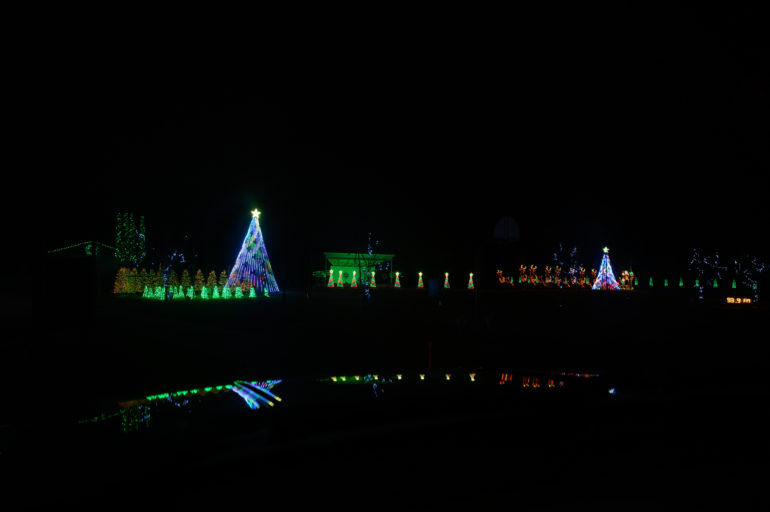
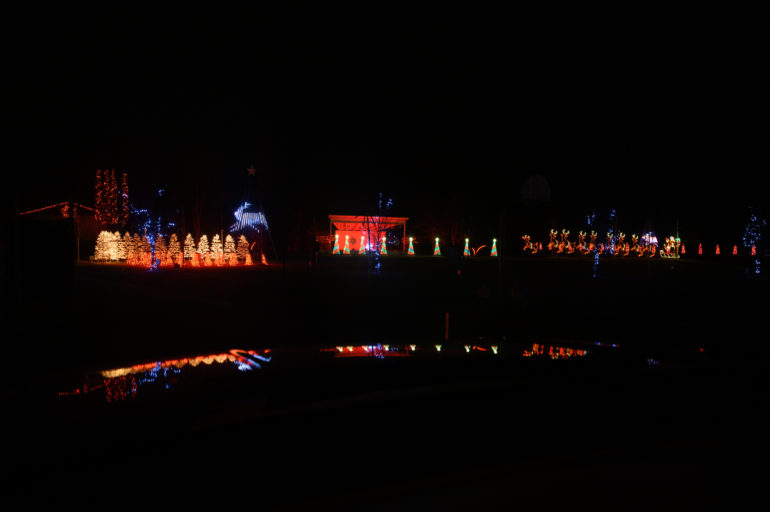
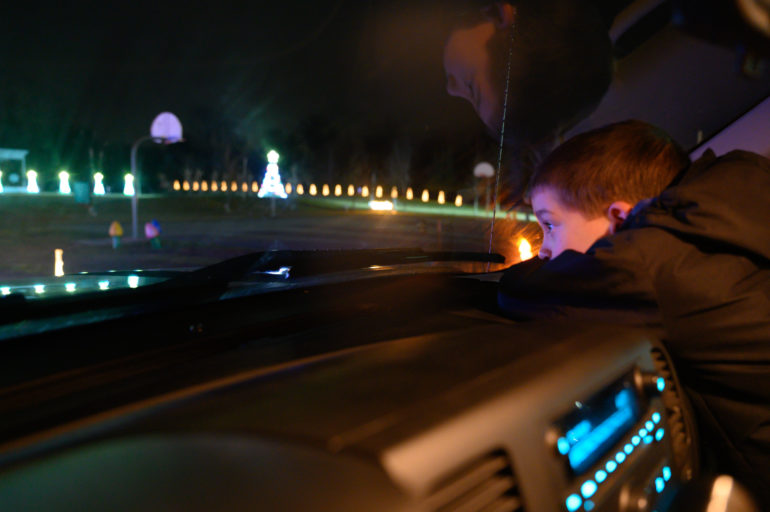
Extra Image Samples – Edited RAW
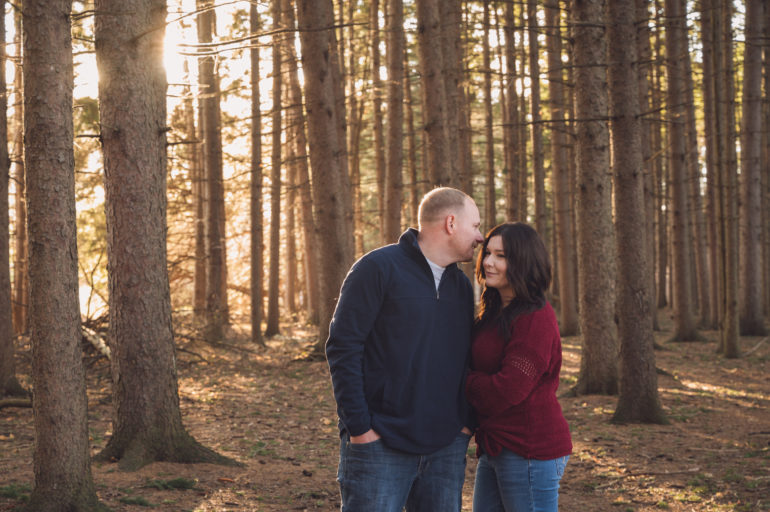
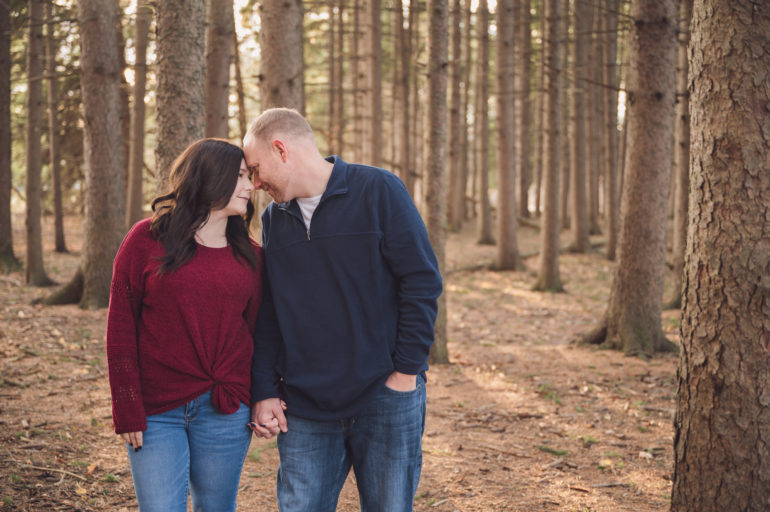

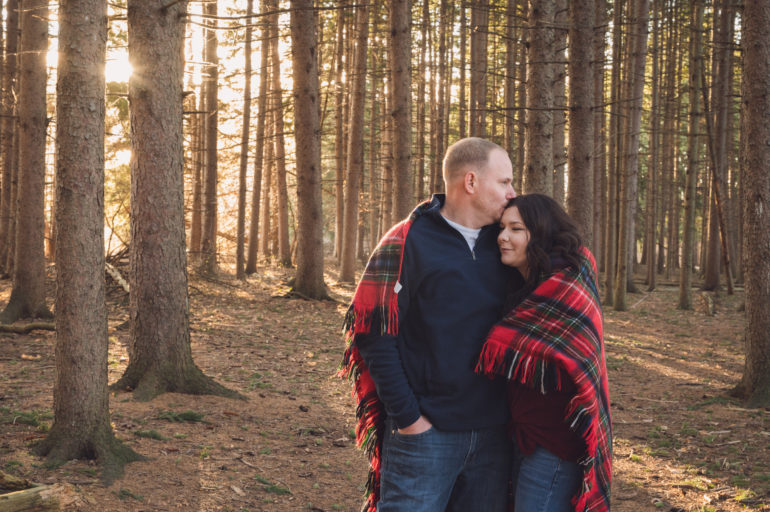
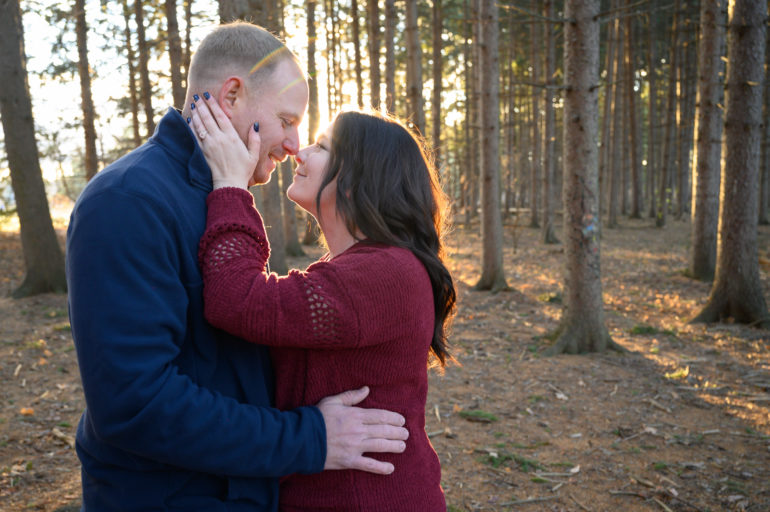
Conclusions
Likes
- The image quality is solid for the price and category, particularly with Z mount lenses.
- AF modes and range are greatly improved over the predecessor.
- Dual processors mean a bigger buffer than the original Z6.
- Finally, the Z series has dual card slots.
- The build quality and weather-sealing are excellent.
- Image stabilization is solid.
- Performance is fast, though there are a few limitations to the top speed.
Dislikes
- The new AF firmware is good, but competing cameras from Canon and Sony can still focus faster.
- The continuous AF is good at a walking pace but not ideal for fast-paced sports.
- The top burst speed is limited to 12-bit RAW and slows after a few seconds.
- The front exposure wheel is easy to accidentally bump.
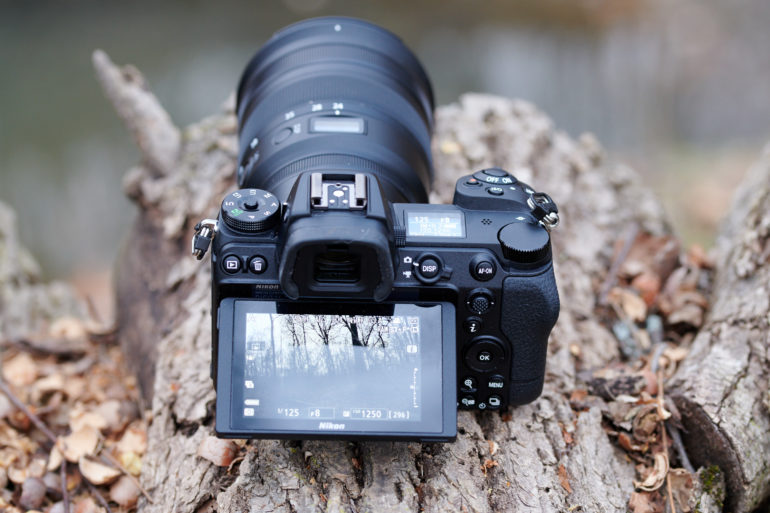
The Nikon Z6 II is a good camera made even better by the incredibly sharp line of Z lenses. Image quality is excellent, speed is great, and image stabilization is a huge plus. Even the design, now with dual card slots, leaves much less to be desired than the first generation (though, there is still a shorter wish list).
But, if Nikon wants to make its mirrorless cameras truly spectacular, it needs to build more performance innovation. Autofocus has improved quite a bit — the Z6 II can now focus in lower light than even the D850. But, the AF speed isn’t quite there yet. The firmware improves the speed immensely, but Canon and Sony’s competing cameras can still lock on faster, making them better for both action and low light. If Nikon could get the low light and continuous autofocus speed on par with the competition, they’d have a very serious camera.
The Nikon Z6 II is a good camera for the right photographer, but it’s not the best mirrorless out there in a now-crowded market. Because of the autofocus, the Z6 II is satisfactory for portraits, landscapes, travel, and the like — particularly for photographers who are already Nikon fans. It’s also a great tool for creatives working in both photo and video. If you love your Nikon DSLR and don’t shoot sports or moving subjects in low light, you’ll very quickly fall in love with the Nikon Z6 II.
However, it’s not quite up to snuff for the most performance-intense genres like sports or moving subjects in low light such as theatre and wedding receptions. It’s not a bad buy for portrait photographers, but artists working with moving subjects may end up with a case of buyer’s regret.

I’m giving the Nikon Z6 II four out of five stars. Want one? You can snag one for $2,299.95.


